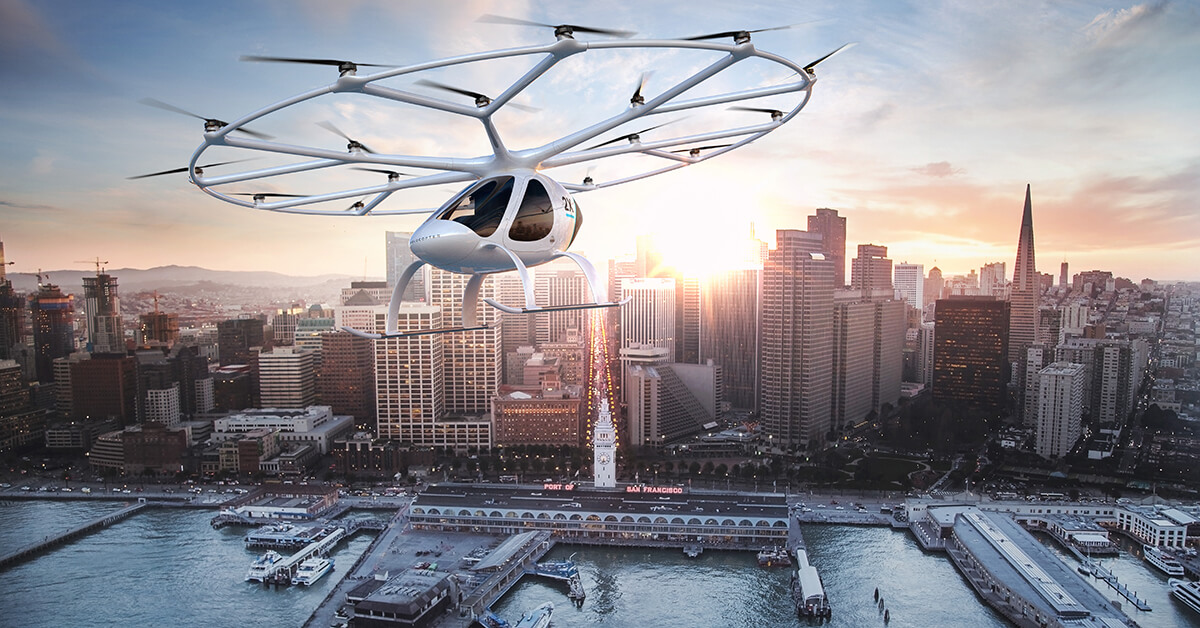
May 4, 2021
Advanced air mobility (AAM) should be an integral part of future transportation planning as Congress considers a sweeping infrastructure plan from the Biden-Harris administration, city leaders and other officials recently told lawmakers on Capitol Hill.
“Electric vertical takeoff and landing, or EVTOL, vehicles could reduce traffic congestion and improve mobility options, particularly in dense urban environments,” noted Rep. Rick Larsen (D-WA-2), chair of the Aviation Subcommittee of the House Transportation and Infrastructure Committee, in a recent hearing.
“However, Congress and FAA must consider infrastructure, how new entrants will be integrated into an already busy U.S. airspace and impacts on local communities.”
Los Angeles Mayor Eric Garcetti pointed to his city’s historical role in developing new transportation solutions. “Representatives and companies from everywhere are coming to Southern California to develop, test and build new transportation solutions, and that includes [AAM],” he said. “For this technology, the sky is literally the limit.”
While AAM can connect distant areas faster and far more efficiently than current solutions, with the added benefit of zero emissions, Garcetti cautioned significant work is necessary to develop vertiports and multimodal hubs to integrate AAM into a city’s existing transportation network. Such hubs must also provide equitable service to all areas.
“We have a responsibility to step back to assess the challenges and to keep our focus on equity as this market takes off [to ensure] AAM doesn’t create flyover highways accessible only to those with economic means,” he said. “AAM, traveling between 50 and 200 miles at more than 150 miles an hour, could tie people to jobs and opportunity without creating more sprawl.”
NBAA recently formed an AAM Roundtable comprised of leading industry OEMs to assist with integration of AAM technologies into the nation’s airspace and infrastructure. The association is also leading the effort to advocate for an annual grant program through the U.S. Department of Transportation to assist state, local and tribal governments in performing comprehensive AAM transportation planning, investing in vertiport construction, and upgrading existing facilities to support AAM operations. Learn more about NBAA’s AAM Roundtable.
Garcetti encouraged lawmakers to endorse such joint agreements between localities, the FAA and the public to share AAM safety, noise and sustainability impacts, and to provide grant funding “to plan for and connect AAM infrastructure into our existing and future transportation networks.
“I support the creation of other funding options to plan for AAM, especially for programs that are specific to AAM planning and construction,” Garcetti said in written testimony. “It’s about innovation, jobs and human beings. We have the tools to form the next generation of transportation.”


 International Business Aviation Council Ltd.
International Business Aviation Council Ltd.